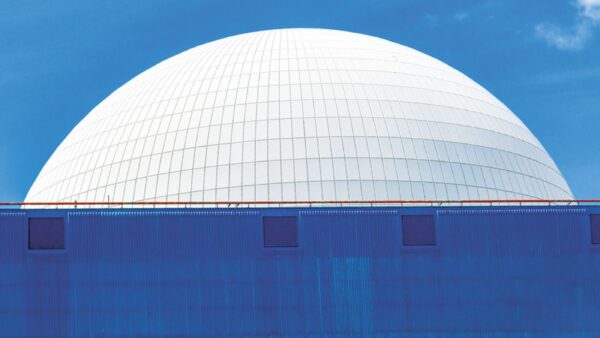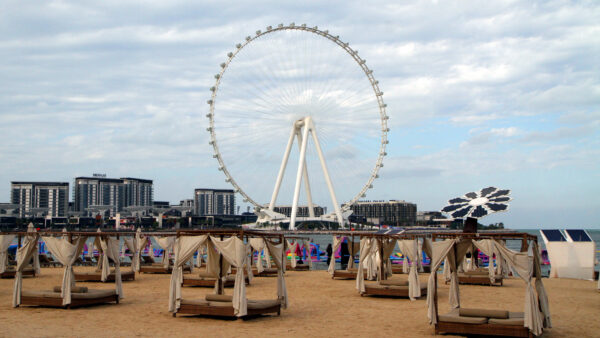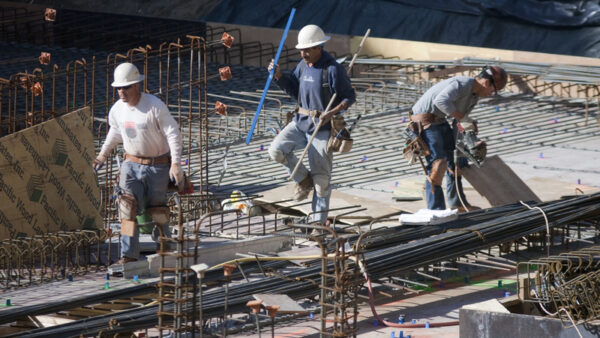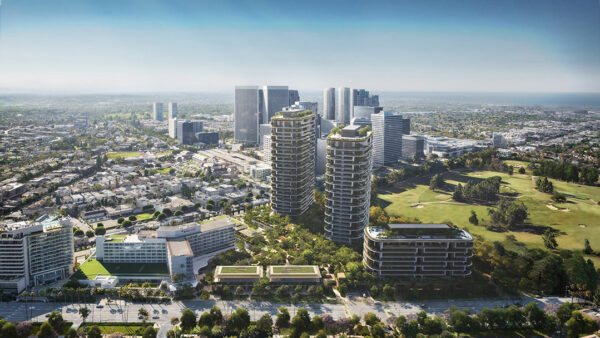The air pollution and traffic congestion that make life miserable in China’s biggest cities can only be tackled by building 10 new “megacities”, one of China’s top economic planners has claimed.
Yang Weimin, deputy chair of the influential Central Leading Group on Finance and Economic Affairs, told a conference in Chongqing that the concentration of people in cities like the capital, Beijing, was putting too much pressure on public services.
Considered a spokesperson for Politburo opinion, Yang said he supported the government’s urbanisation plan for 2014-20, which calls for megacities to be established in the northeast, central and western parts of the country.
China’s urban population, which has increased by 700 million since 1980, is going to grow by a further 240 million between now and 2040–
But he went a step further by putting the number of cities needed at 10, and saying they should be built within five years.
“If company headquarters, top hospitals and the best universities were relocated, the diseases in Beijing would be cured and neighbouring areas would have more opportunities,” he said, according to the South China Morning Post.
A megacity is defined as one with a population greater than 10 million.
The new megacities would offer first-class hospitals, universities and corporate headquarters and thereby draw people away from urban areas that had become saturated, such as Beijing, Tianjin and Hebei province.
These three municipalities are already merging into one megalopolis.
Yang argued that the less-developed areas in the north-east, centre and west, new megacities should be based on existing urban hubs. In the west, the anchors could be Chengdu and Chongqing.
The new megacities could then take the pressure off existing core urban areas.
On 7 December Beijing declared its first ever pollution “red alert”, requiring the closure of schools, the halting of construction work and restrictions on private motor vehicles–
Beijing has already begun to relocate schools, hospitals and shops to outlying areas, and polluting factories and wholesale markets have been transplanted to Hebei province. The municipal government will be the next to move, shifting to the suburban Tongzhou district.
There is some dispute over how many megacities China has already.
A report published this year by the OECD warned that the country’s urban population, which has increased by 700 million since 1980, is going to grow by a further 240 million between now and 2040.
This has led to the creation of 15 megacities, rather than the six that the UN estimates it has.
Although this unprecedented urban concentration is one of the fundamental causes of China’s economic expansion, it has led to the pollution and congestion that has begun to choke that growth. On 7 December Beijing declared its first ever pollution “red alert”, requiring the closure of schools, the halting of construction work and restrictions on private motor vehicles.
Elsewhere in China, it was reported this week that a restaurant in eastern China’s Jiangsu province had begun charging customers for clean air – a charge of one yuan was added to their bill. This was later dropped after complaints were made to the city’s consumer pricing bureau.
Photograph: Tiananmen Square, Beijing, in the smog (McKay Savage/Wikimedia Commons)






